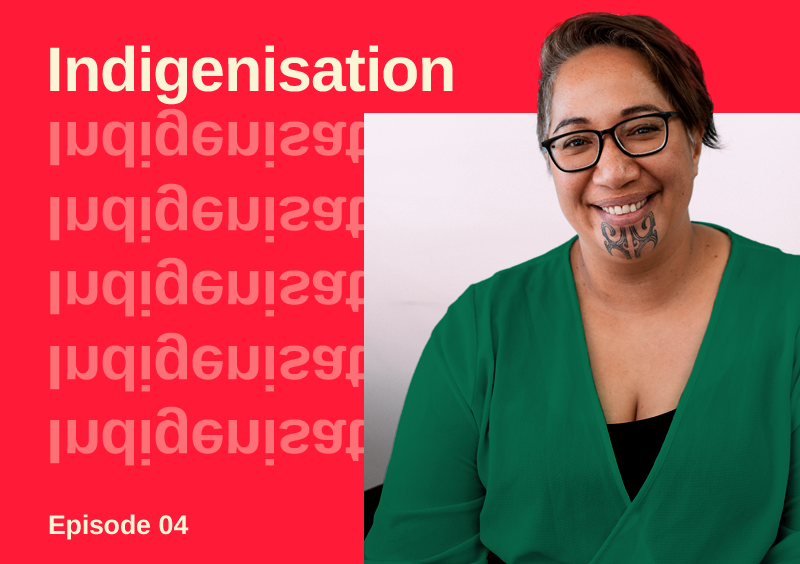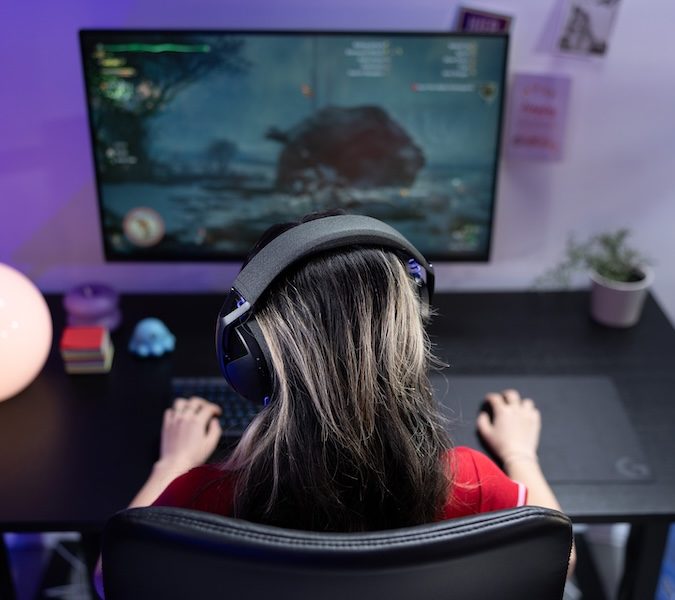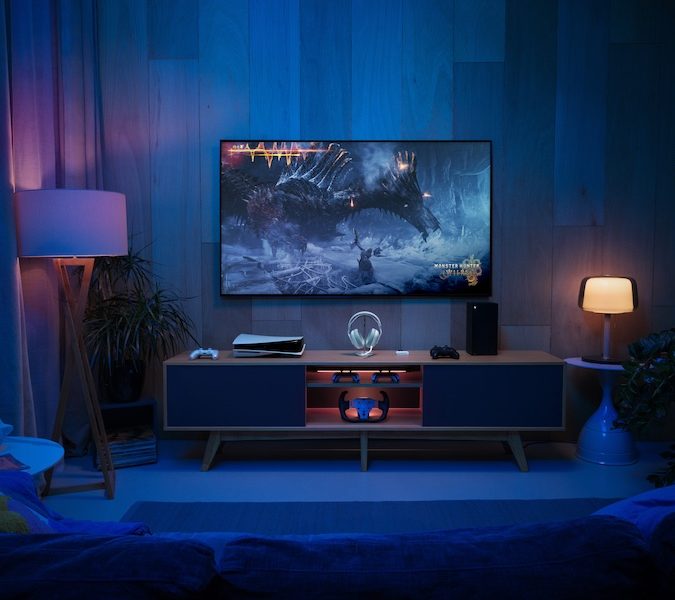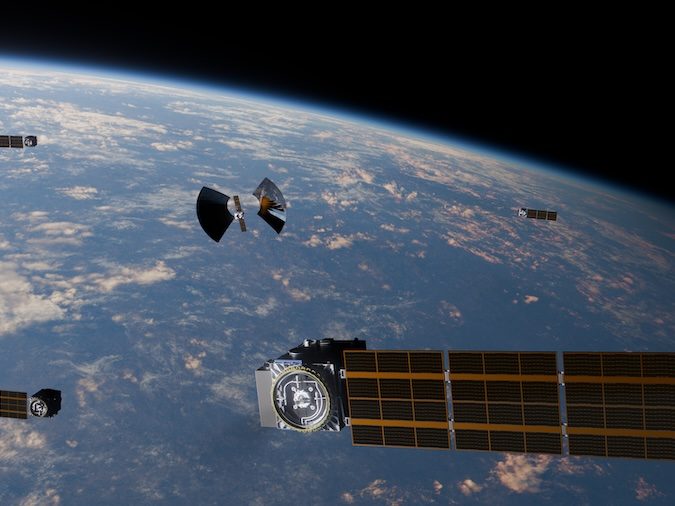
White Mirror is a series that considers the positive human impact with the help of machines. In this fourth episode, you follow the life of Hīria Te Rangi – Kaiwhakahaere (CEO) of Whare Hauora, an organisation measuring the healthiness of homes by using sensors to record temperature, humidity and dew point index. Read about her journey and how her cumulative experiences (from learning her biological father was Blanket Man to losing her Nan to pneumonia) have led to her advocacy for both healthier homes and indigenisation.
Leave behind all of your expectations and preconceived ideas.
If while you’re reading this, you begin to judge the words or feelings that arise, try to suspend them… if only for a minute. You’re about to glimpse an alternate reality; one that’s available to you right now. Welcome to White Mirror.
Part One: Whare Hauora
Imagine a world where your data is collected, often without your knowledge or consent, shared with third parties, and sometimes even sold or used against you. Where data on everything from the temperature of your home, to your daily EFTPOS transactions, to the websites you visit is collated and analysed, slowly building up a picture of who you are, where you live, what your life is like… This is, in fact, a pretty accurate picture of our current reality.
Hīria Te Rangi, Kaiwhakahaere (CEO) at Whare Hauora, is determined to change this. And she’s using millenia-old, indigenous principles to guide her – starting by ditching the status quo and giving Whare Hauora users complete ownership over their data.
Whare Hauora was founded by Amber Craig and Brenda Wallace in early 2016 with a mission to give whānau a way to know when their home was making them sick. To do this, sensors are placed in people’s homes, monitoring the temperature, humidity and dew point index in each room. On a household level, this helps people make decisions about where their most vulnerable people will sleep. At a national level, we have consented, real time data to tell us important stories about which areas are most at risk of serious illness.
Amber and Brenda enlisted Hīria’s help to take a kitchen table prototype and scale it to produce up to 5,000 kits a month.
Whare Hauora home sensors. Source: wharehauora.nz
Though she’s now a veteran in the tech sector, Hīria’s journey into her career was initially driven by necessity.
“I got pregnant at 19 with twins, we had no money and with our last $10 had to decide between milk and bread, or electricity. I checked the paper for a job and tech had the highest salaries.”
So Hīria took out a loan for a computer, connected to the internet, and has pretty much never disconnected since! She taught herself HTML and “really bad javascript”, then started volunteering to make websites for sports clubs. Over the years, Hīria tucked more than a dozen tech roles and initiatives under her belt.
But her work at Whare Hauora meant something different. After her Nan died from pneumonia related to poor housing conditions, Hīria’s devastation and anger spurred her desire for change. Then she learned how many tamariki and pēpē (babies) die from respiratory illness due to cold, damp homes. And she learned about the years and years of research into how housing affects health, all paid for by previous governments.
“Yet it was only our current Labour government who started to effect some real systemic change.”
Without these sensors and the technological infrastructure Whare Hauora has built around them, measuring home data would be difficult and time consuming enough – let alone analysing that data, finding insights, and delivering those in a way that shows what’s going on and what needs to be done. And it would be virtually impossible to do this at a scale that covers Aotearoa.
“With this data, we can forecast the probability of respiratory illness outbreaks before they occur, by housing type and by suburb, given the temperature outside over time. Or predict where the hardest hit areas will be when an illness like COVID-19 occurs.”
Part Two: Kaitiaki
So what happens if, somewhere down the track, all the progress to improve living standards is undone? What happens if data collected in homes is even used against the very people who it should be helping? Some say that having “rights” is enough. Hīria says it is not – rights can be given, but they can also be taken away.
She calls for ‘digital indigenisation’: Just because you don’t yet realise the value of your data, does not mean it isn’t valuable or that it can’t be used against you.
“The power must move, it must reside with the people. Because you can’t control something you don’t own. Placing the power, understanding and insights of how their home affects their health into the hands of the whānau, in order to make the Government accountable for their decision making.”
Whare Hauora is kaitiaki, they do not own your data, rather they are guardians of it. Any data collected about the whānau and from the sensors belongs to the whānau; Whare Hauora takes care of, maintains, supports and advises on that data, but they do not make decisions about it. And what’s more, 50% of any profit created from each use case is given back to the whānau involved as utū (compensation).
Part Three: Tīpuna (ancestors)
“Hara taku toa i te toa takitahi. Engari, he toa takitini.”
My strength is not mine alone, but due to the strength of others.
Hīria Te Rangi grew up imagining what her biological father was like. All she had for reference was a name and an old, often-admired photo. As a child, she imagined a rich man swooping in to save her from everything, taking her away from it all.
Bernard Hana, also iconically known in Wellington as ‘Blanket Man’, was far from her fantasy father. Hīria found out Bernard was her biological parent at age 26, and it took her an entire year to come to terms with it and introduce herself.
“From him I learnt that I am responsible for my own path, that no one will save me, but at the same time, no one can stop me.”
Once she knew her biological father, she went searching for tīpuna given to her from her paternal side. With her now broadened whakapapa, she found ties to Parihaka, and to her great great great grandfather Mokomoko (who was hung for his supposed involvement in the murder of a missionary named Völkner, but he was pardoned in 2011).
“Colonisation creates intergenerational trauma, and that’s obvious if you follow the whakapapa … I am proud [of these ties], but I am also wholly and utterly outraged.”
Part Four: Te Ao Māori
Colonisation (and seeing the intergenerational trauma it creates) has taught Hīria not to have blind faith in authorities. It has taught her that it is important, in fact necessary, for us to continuously question and criticise the way things are. So when Hīria saw a problem with data ownership, she did something about it.
Hīria’s mission is to normalise the concept that the user owns all of the data derived by them in any tech product or service – whether it’s a social media platform or a home sensor.
The team at Whare Hauora use indigenous cultural practices of tikanga and whakapapa to manage some of the issues they have found in a digital world. They want people to be aware of how technology is collecting and using our data, and to be able to choose differently.
“In te ao Māori we decide collectively, in order to know the weight of our decisions, to understand the impact and move accordingly with all voices heard. This is how we make decisions that do not cause harm to our mokomoko [grandchildren’s children].”
Hīria knows the practices and methods are already here, ready for us. We just need to apply these pou (values) to a modern world and teach them to our children, and all the generations that follow.
Hīria is determined to keep asking the hard questions about how vulnerable people, families and kaumātua are affected by colonisation. Her ambition? To create or be involved in a suite of tech products that serve the people of Aotearoa. Whare Hauora is one step towards this – watch this space for more.
——
To learn more about Hīria’s journey, watch her Tedx talk, or find out about the work her team is doing at Whare Hauora at https://www.wharehauora.nz/.
Interior photos were taken at Āpōpō, Wellington City’s only indigenous co-working, innovation and event space: https://www.apopo.nz/.

This story was brought to you by five and dime, an ethical creative agency that shifts mindsets, changes behaviour and creates a better world through the power of storytelling. Changemakers they have worked with include the Ākina Foundation, Creative HQ, the Shift Foundation and the Zero Carbon Challenge. Have you got a story we can help you tell? Or know someone who’d make a good White Mirror story? Visit fiveanddime.co.nz or get in touch at [email protected] or on 04 382 0510.




